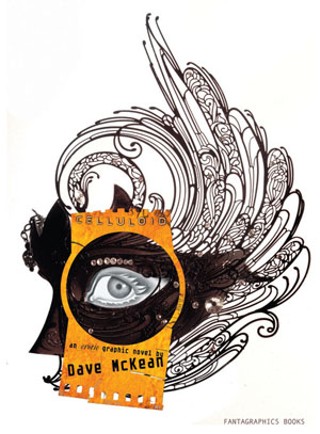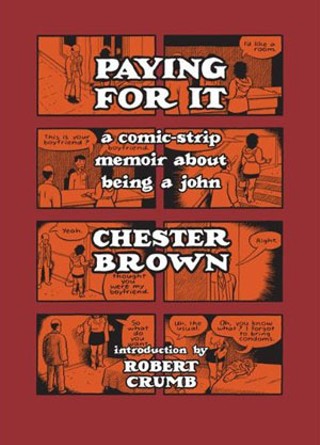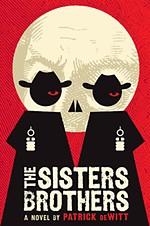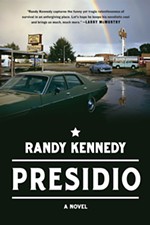Book Review: New in Graphic Novels
These are two books so ripe with sex, it's as if the subject has fermented in the pages
Reviewed by Wayne Alan Brenner, Fri., June 10, 2011

Celluloid
by Dave McKeanFantagraphics Books, 282 pp., $35
Paying for It
by Chester BrownDrawn & Quarterly, 288 pp., $24.95
Two books so ripe with sex, it's as if the subject has fermented in the pages. Two adult-oriented narratives from such different perspectives that you can't resolve the parallax any more than you can whittle a dildo out of fog.
Fermentation and fog: That's the atmosphere in which Dave McKean's graphically charged Celluloid breathes and pants and gasps. The longtime illustrator of tales by Neil Gaiman returns to the storyteller side of things, his first lengthy solo opus since 1998's Cages, with this extended sexual fantasy published in luxurious hardcover by Fantagraphics. You ever wonder what Lynd Ward would've wrought in full color if he'd been doubly possessed by the god Eros and William Gibson's Wintermute?
Look: A woman goes to the apartment of a male friend who's unable to meet her there; she undresses, takes a bath, turns on the movie projector in the middle of the living room and discovers a portal to elsewhere – an elsewhere that seems a sort of lust-saturated, X-rated version of Pan's Labyrinth.

Even if you already know that McKean's figurative drawings are like Egon Schiele limning a new season for Alexander McQueen in heaven, you'll boggle at how mere pen marks on paper can be so arousing. Even if you're familiar with the artist's earlier multimedia work, his juxtapositions and combinations of draftsmanship, painting, photography, collage, and magus-level Photoshoppery here will blow (at least) your mind.
Let's not dally with euphemism: McKean's vivid, wordless dreamscape isn't simply erotic, it's downright pornographic. But with a masterpiece like this, Dictionary.com's going to have to redefine "pornography."
On the other hand, perhaps the ol' explainin' hand, there are plenty of words in Chester Brown's Paying For It, the newest unflinchingly autobiographical comic from the progressive Canadian artist who last brought us the Louis Riel mythos in 2003's Louis Riel: A Comic-Strip Biography. The interiors of this volume comprise Brown's deft, strictly black-and-white minimalist drawings, but the book is published by Drawn & Quarterly with the same exquisite care and style that Fantagraphics lavished on McKean's polychrome tour de force. Of course. How else do you treat such an important work?
This story, this about-as-factual-as-it-gets account, is another sort of tour. It's subtitled "A Comic-Strip Memoir About Being a John," and that's what it is: a chronicle of the years – a little over a decade – in which the artist has habitually used the services of prostitutes. In which the artist has steadfastly – contrary to the arguments posed by his best friends Joe Matt and Seth, among others – insisted that "prostitution is just a form of dating." And from which chronicle we learn – in a flow of narrative devoid of sensationalism, rendered in a steady eight-panels-per-page rhythm – the details of Brown's ongoing and complex involvement in the world of paid-for coitus.
As in Brown's previous autobiographical works, The Playboy and I Never Liked You, there's no lack of introspection in this story and, it seems, not much redacted to spare the author embarrassment. You want a john's-eye view of the sex trade, a perspective that reduces mercenary fucking to the almost quotidian? Pull up a chair.
The main story is buttressed with more text-only appendices than you'll find at the end of The Lord of the Rings, expansions on Brown's arguments for the normalization of prostitution, rebuttals from his friends, footnotes explicating many of the panels, and a helpful bibliography.
"I can't resist noting," says Seth in his section of notes, "that the idea of Chester Brown and Joe Matt discussing the nature of romantic love is not unlike two blind men painting a sunset." Well, even so: Imagine the potential awesomeness of that image; it's a small part of what's in Paying For It in monochromatic but many-perspectived abundance.











